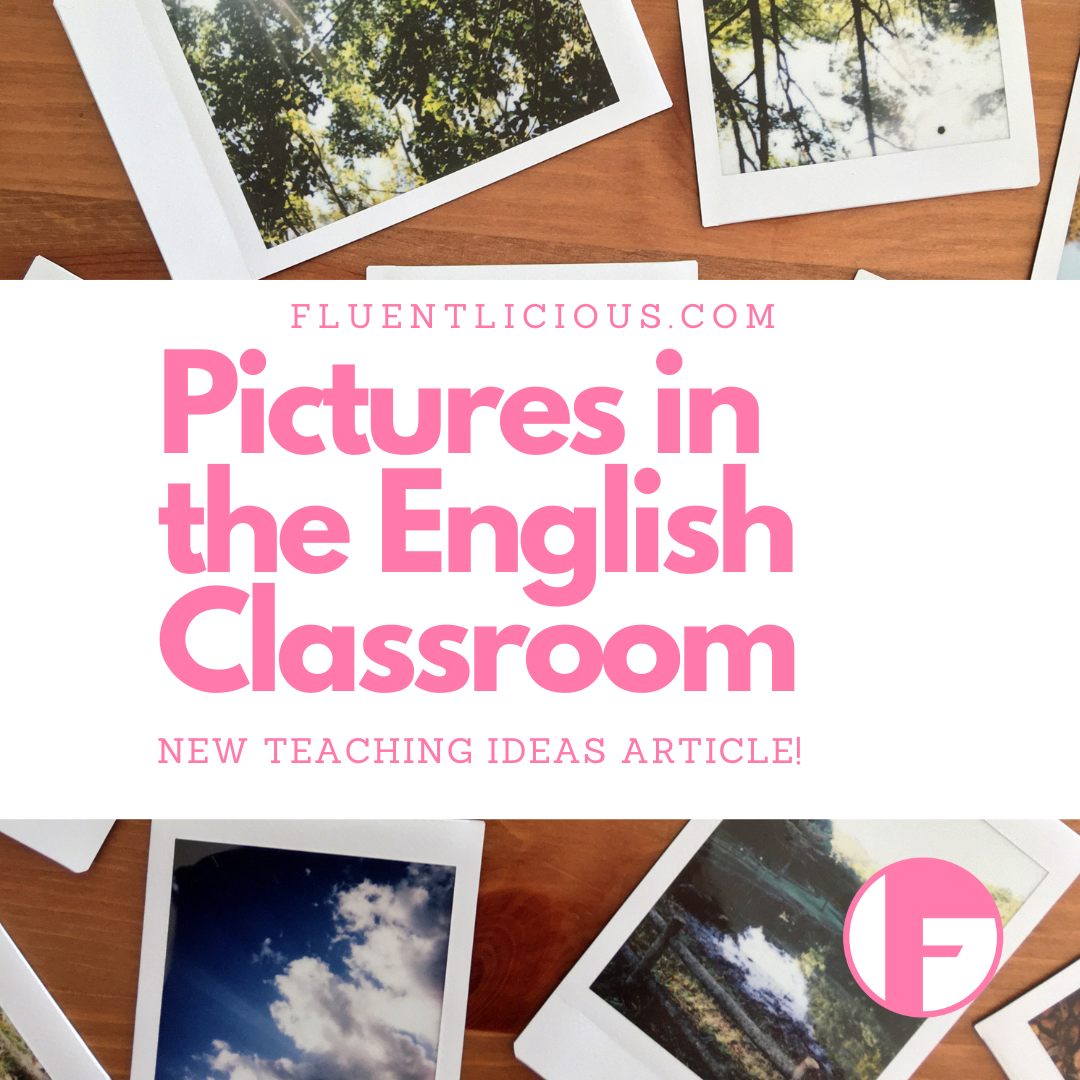Pictures in the English Classroom: Why and How to Use Them
Pictures and photos are one of the greatest sources of topics and conversations in the English classroom. They’re visual, engaging, and can instantly spark curiosity. You can use them for warm-ups, discussions, storytelling, and even grammar practice — basically, they’re great for practicing virtually every language skill.
Whether you’re teaching online or face-to-face, incorporating visuals into your lessons can break the ice, encourage speaking, and bring in the kind of real-world context that textbooks often lack.
Today I want to share three of my favorite sources of photos that you can easily use in your lessons — along with a few ideas for how to make the most of them.
Unsplash
A fantastic source of high-quality, royalty-free photos you can use during your classes. You can search by keyword (e.g. “friendship,” “travel,” “rainy day,” “technology,” etc.) and pick the ones that match your lesson theme.
📷 How to use it in class:
- Grammar focus: Choose a picture and ask students to make sentences using a specific structure (e.g. present continuous, past simple, first conditional).
- Story starters: Let students work in pairs or groups to create a short story based on a photo. Who are the people? What’s happening? What happened before or after?
- Would you rather…?: Pick two very different photos (e.g. beach vs. mountains) and ask students to choose one and explain why. Perfect for practicing opinions and comparisons.
🧠 Tip: Create a mini photo gallery slideshow and use the photos as prompts to create a story.
BBC – In Pictures
One of my all-time favorites! The section called “Week in Pictures” is updated regularly and features striking images from around the world. It’s an excellent way to bring current events and global culture into your lessons.
🌍 How to use it in class:
- Discussion starters: Ask students to pick one image and talk about what’s happening, where it might be, and how the people might feel.
- Headlines: Let students create a news headline or short article to match the image. This is great for upper-intermediate or advanced learners.
- Agree/disagree: Use the photos to prompt deeper conversations (e.g. environmental issues, technology, fashion, protests, etc.). Ask students to give their opinion using useful expressions like “In my opinion,” or “I agree/disagree because…”
🧠 Tip: Print out a few pictures and turn them into a timeline — ask students to guess the order of events or match them to a specific news topic.
Your Phone Gallery (or Your Students’!)
Let’s not forget the treasure trove that lives in your own pocket. Most of us take pictures of moments that matter — vacations, meals, pets, random street signs… all those snapshots of daily life.
📱 How to use it in class:
- Show and tell: Ask students to choose a photo and talk about it for 1–2 minutes. Great for fluency, past tense practice, and personal expression.
- Two truths and a lie (photo edition): Students show a photo and give three “facts” about it — two are true, one is a lie. Classmates guess which is the lie.
- Photo interviews: In pairs, one student shows a picture and the other plays the role of an interviewer, asking questions like “Where was this taken?” “What were you doing?” “Why did you take it?”
🧠 Tip: For shy students or younger learners, you can also prepare a few of your own photos (or use generic ones) and let students choose one to “pretend” it’s theirs and tell a story about it.


Leave a Reply